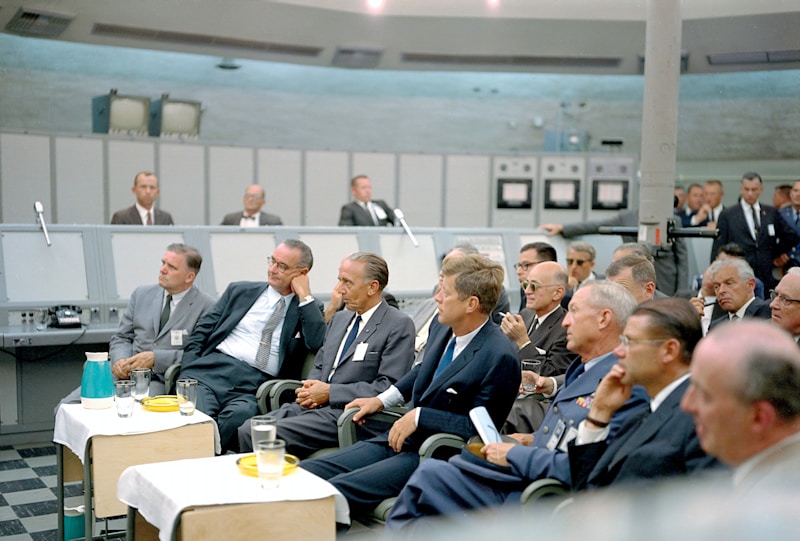Questions and Answers
Which Indian Prime Minister laid the foundation for planned economic growth through the First Five Year Plan?
Jawaharlal Nehru
What were the key objectives of the Five Year Plans in India?
Industrialization, social welfare, and infrastructure development
What is a cornerstone of the rural Indian economy, providing livelihoods to over half of its population?
Agriculture
Which of the following is NOT a measure taken to boost productivity in the agriculture sector in India?
Signup and view all the answers
Who has historically been overseeing the formulation of Five Year Plans in India?
Signup and view all the answers
Which Prime Minister initiated far-reaching economic reforms in India?
Signup and view all the answers
Which program aimed at enhancing agricultural production and securing basic needs is NOT mentioned in the text?
Signup and view all the answers
Which program delivers essential commodities at affordable prices to vulnerable sections of society?
Signup and view all the answers
What notable initiative offers housing assistance to eligible citizens below the poverty line?
Signup and view all the answers
After the dissolution of the Planning Commission in 2014, what body replaced it?
Signup and view all the answers
Which key area of economic reform was NOT highlighted in the text?
Signup and view all the answers
What concept introduced by NITI Aayog aims to drive accelerated regional development across states?
Signup and view all the answers
Study Notes
Indian Economy's Journey of Development
The Indian economy has traversed an intricate path since its independence in 1947. From laying out ambitious visions through Five Year Plans, to refining agricultural sectors with focused policy interventions, India continues to tackle challenges related to reducing poverty and implementing far-reaching economic reforms. This narrative will delve into these pivotal aspects of Indian economics' evolution.
Five Year Plans
Beginning in 1951, the First Five Year Plan laid the foundation for India's path towards planned economic growth under Prime Minister Jawaharlal Nehru. Each plan, built around key objectives such as industrialization, social welfare, and infrastructure development, aimed to modernize India while ensuring equitable distribution of resources. While these plans were initially meticulously designed, they later became a flexible tool to accommodate changing priorities and circumstances.
Agricultural Policies
Agriculture is a cornerstone of the rural Indian economy, providing livelihoods to over half of its population. Over time, various initiatives have been launched to boost productivity, increase farm income, and prevent food shortages. These measures have included improved irrigation facilities, higher accessibility to credit, subsidized fertilizers, and price support mechanisms. Notable examples include Green Revolution, White Revolution, Blue Revolution, and the National Food Security Act, all aimed at enhancing agricultural production and securing basic needs.
Poverty Alleviation Programs
With deep concern for social inclusion and upliftment, numerous socioeconomic schemes have emerged over six decades to address poverty in India. Some prominent efforts comprise the Mahatma Gandhi National Rural Employment Guarantee Scheme (MGNREGS) which ensures guaranteed employment opportunities within local communities; Indira Awas Yojana (IAY), offering housing assistance to eligible citizens below the poverty line; and the Public Distribution System (PDS), delivering essential commodities at affordable prices to vulnerable sections of society.
Economic Reforms
From 1991 onwards, India commenced a series of sweeping economic liberalizations, aiming to transform from a closed, centrally controlled economy to one characterized by openness, market forces, and dynamic private sector participation. Key areas of reform encompassed fiscal management, trade & foreign investment, financial services, labor laws, and public enterprise restructuring. As a result, there was considerable improvement in India’s global competitiveness ranking, rise in GDP per capita, and enhanced living standards for many Indians.
Planning Commission
Until recently, the Planning Commission played a vital role in formulating and coordinating India's Five Year Plans. Established in 1950, it functioned as a multifaceted body, monitoring progress, reviewing performance, and modifying course whenever necessary. However, after being dissolved in 2014, the NITI Aayog replaced the Planning Commission, retaining the spirit of cooperative federalism whilst introducing new concepts like competitive federalism, cooperative competition, and cooperative learning to drive accelerated regional development across states.
In summary, the Indian economy has evolved steadily due to thoughtful strategic decisions, proactive government intervention, and continuous adaptation to changing conditions. Its story reflects resilience and determination in pursuing sustainable goals that empower millions of people, leading to a better quality of life, reduced poverty, and enhanced prosperity.
Studying That Suits You
Use AI to generate personalized quizzes and flashcards to suit your learning preferences.
Description
Test your knowledge on the evolution of the Indian economy post-independence, covering topics such as Five Year Plans, agricultural policies, poverty alleviation programs, economic reforms, and the transition from the Planning Commission to NITI Aayog.




